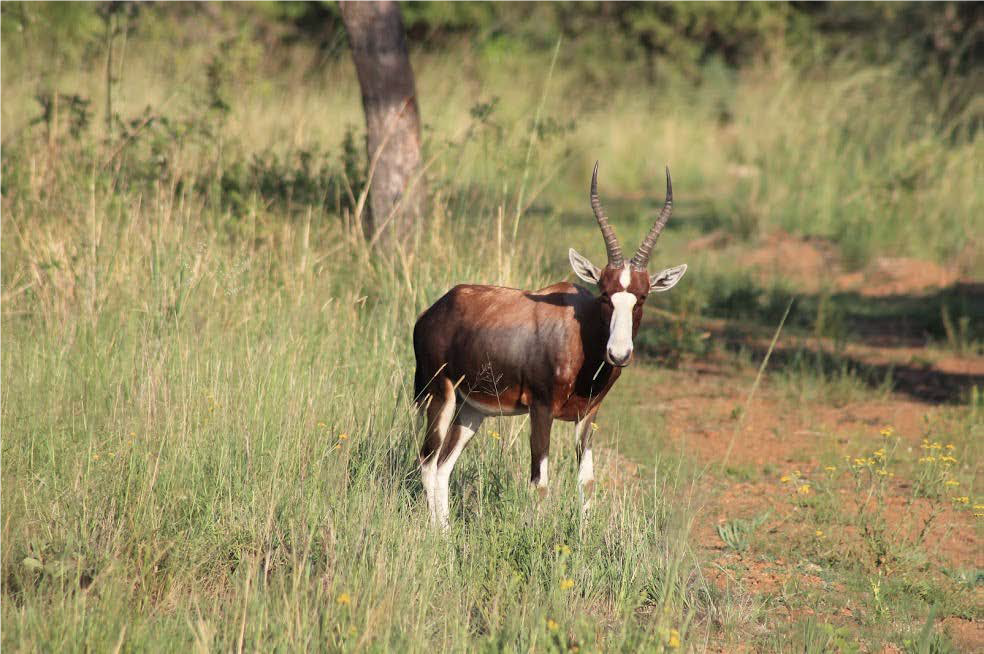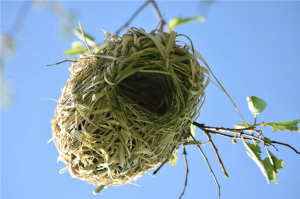OTS African Ecology & Conservation Spring course
By Dr. Lisa Nupen (Resident Lecturer)
After a long drive from Emerald Backpackers, OTS South Africa students arrived at Nylsvley Nature Reserve – the first of many field sites that they will visit during their African Ecology and Conservation semester programme. They dived right into lectures with Dr Laurence Kruger talking about south African Biomes and savannas. The first morning at Nylsvley was spent conducting a “Natural History walk” with myself, and OTS lecturers Dr Bernard Coetzee and Philip Mhlava. A local bird guide, Lucas Namanyane, also joined in and provided detailed information about the abundant birdlife at Nylsvley. Nylsvley Nature Reserve is considered a “Wetland of International Importance” (see https://www.ramsar.org/) and is a Birdlife “Important Bird Area”.
OTS staff and students discussed African fauna and flora: the importance of termites, savanna plant adaptations, weaver nests, wildflowers and aardvark burrows. We studied animal tracks and signs, e.g. different kinds of animal dung, and the spoor (footprints) left by giraffes, impala, jackal and many other creatures. Students also embarked on their first “game drive” in an open safari vehicle or GDV. Game-viewing and birding was spectacular, and students were treated to great views of Lilac-breasted Rollers, Southern Black Korhaans, Grey Go-away Birds, giraffes, wildebeest, waterbuck, ostriches, jackals and roan antelope.
In the field, students started formulating their own ideas about Savanna ecosystem patterns and processes into hypotheses that formed the basis of their first assignment – a research paper into a topic of their choosing. Some groups decided to study weaver nests, others looked at patterns in plant diversity, and yet others investigated the influence of termite mounds on woody vegetation structure. Back in the lecture hall, students explored biodiversity conservation and the complexities of the “Scientific Method”. Staff and students discussed the philosophy of science and discussed how to approach their “Science and Society” essay.
Students also covered some biostatistics and phylogenetics in class, which rounded off the academic programme at Nylsvley and they were given a free day to explore the reserve. Unfortunately, due to an incident with a small black snake, there was a bit of a disruption involving a hospital visit. Luckily, the consequences were manageable, and after a day of recovery, it was time to head to our next site – the home of OTS South Africa inside Kruger National Park – the Skukuza Science Leadership Initiative Campus (SSLI)!
The Art of Birds. Weavers put in a great deal of skill into the construction of their nests to make sure that the weave is tight and elastic enough to protect the eggs from sliding out.


